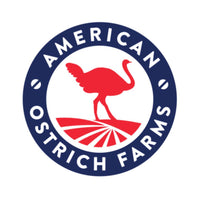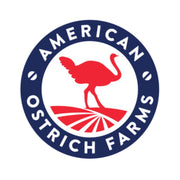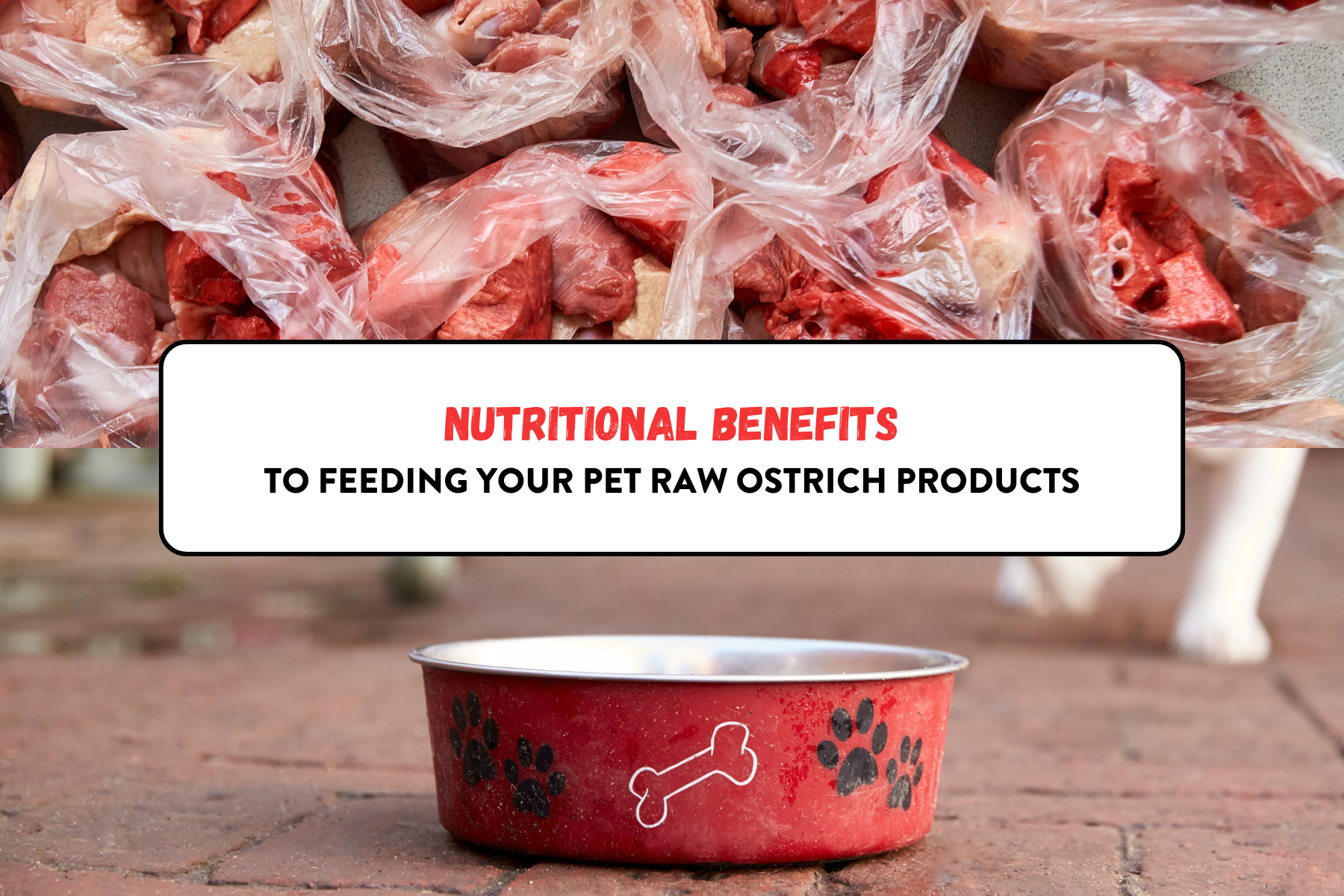In the realm of pet nutrition, the search for optimal dietary choices often leads to exploring unconventional options. Among these, raw ostrich products stand out as a formidable contender, offering a plethora of nutritional benefits for our furry companions. From ostrich heart to ground ostrich, neck, and bone marrow, these lesser-known delicacies hold a treasure trove of nutrients essential for your pet's well-being. Let's delve deeper into the nutritional wonders that raw ostrich products can bring to your pet's bowl.
OSTRICH HEART
At the core of ostrich raw products lies the heart, a nutrient-dense organ that packs a powerful punch of essential vitamins and minerals. Ostrich heart is a rich source of protein, providing the building blocks necessary for muscle development and repair in your pet. Moreover, it is abundant in iron, a vital mineral that supports healthy blood circulation and helps prevent anemia. Ostrich heart contains significant amounts of B vitamins, including B12, which are crucial for energy metabolism and overall vitality in pets.
GROUND OSTRICH
Ground ostrich offers a convenient and versatile option for pet owners seeking to diversify their pet's diet. It provides a lean and protein-rich alternative to traditional meats like beef or chicken. With its low fat content and high protein density, ground ostrich promotes muscle maintenance and weight management in pets. Furthermore, it is hypoallergenic, making it an ideal choice for pets with food sensitivities or allergies.
OSTRICH NECK
The neck of the ostrich may not be the first cut that comes to mind, but it is a hidden gem in terms of nutritional value. Ostrich neck meat is soft and succulent, making it an enticing option for pets with discerning palates. Rich in collagen and connective tissue, ostrich necks provide essential support for joint health and mobility in aging pets. Moreover, it contains significant amounts of glucosamine and chondroitin, natural compounds known for their anti-inflammatory properties and ability to promote cartilage repair. Including ostrich neck in your pet's diet can help alleviate joint stiffness and enhance overall mobility and comfort.
OSTRICH MARROW BONES
Bone marrow, often overlooked, is a nutritional powerhouse that deserves a place in your pet's bowl. Ostrich marrow bones are packed with essential fatty acids, including omega-3 and omega-6, which play a vital role in supporting a healthy coat and skin. Additionally, they are rich in vitamins such as A and K, as well as minerals like calcium and phosphorus, which are crucial for bone strength and density in pets. Feeding your pet ostrich bones can contribute to improved joint health, enhanced immune function, and overall vitality.
Incorporating ostrich raw products into your pet's diet can provide a myriad of nutritional benefits, ranging from lean protein and essential vitamins to joint-supporting compounds and healthy fats. Whether it's the heart, ground meat, neck, or marrow bones, each all natural product offers a unique blend of nutrients to promote your pet's health and well-being. By embracing these unconventional yet nutrient-rich options, you can embark on a journey towards optimizing your pet's nutrition and ensuring a happy and vibrant life for your beloved companion.






